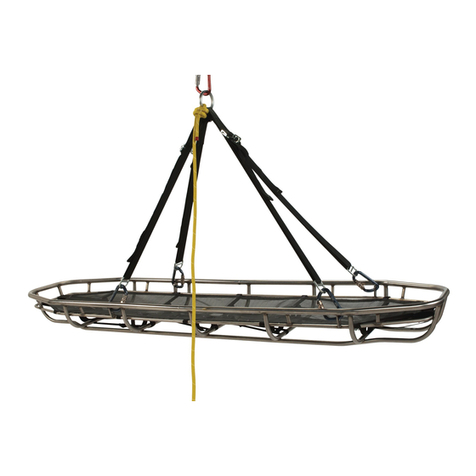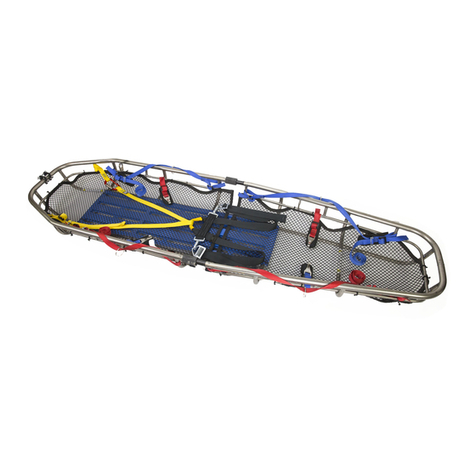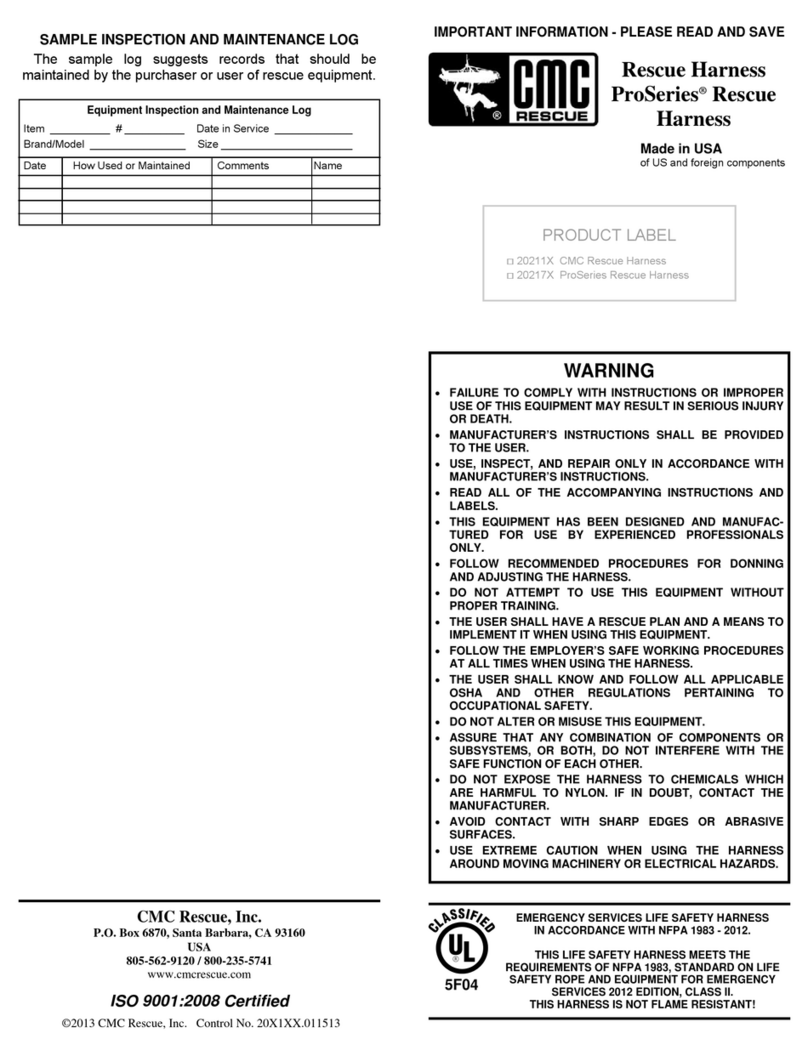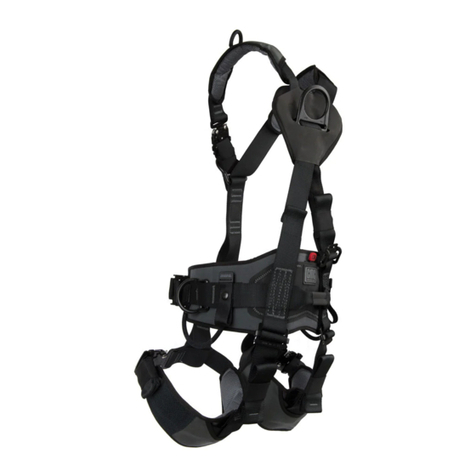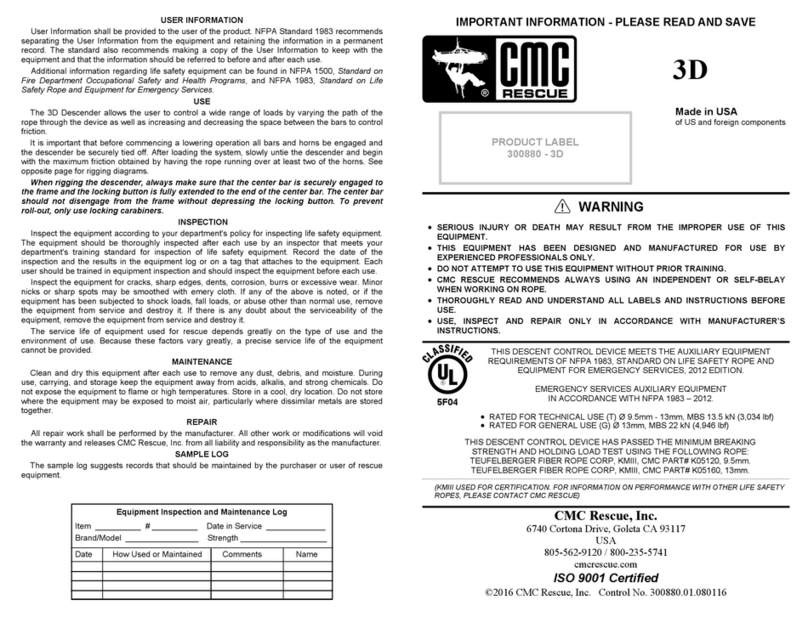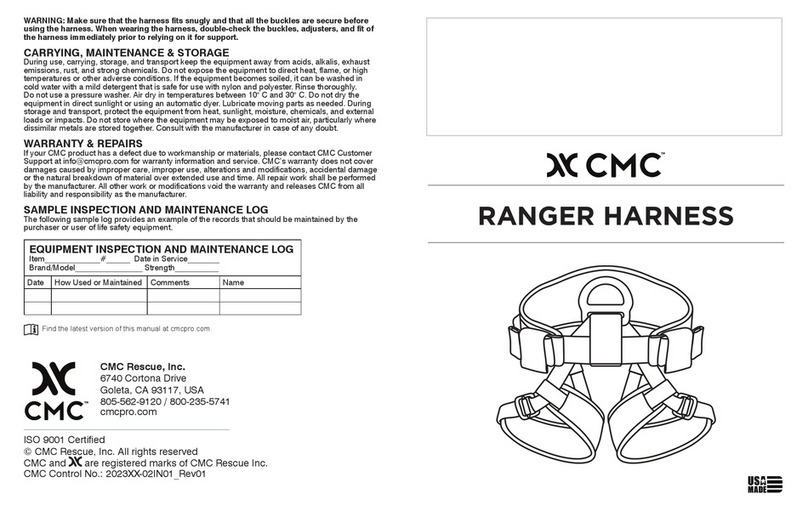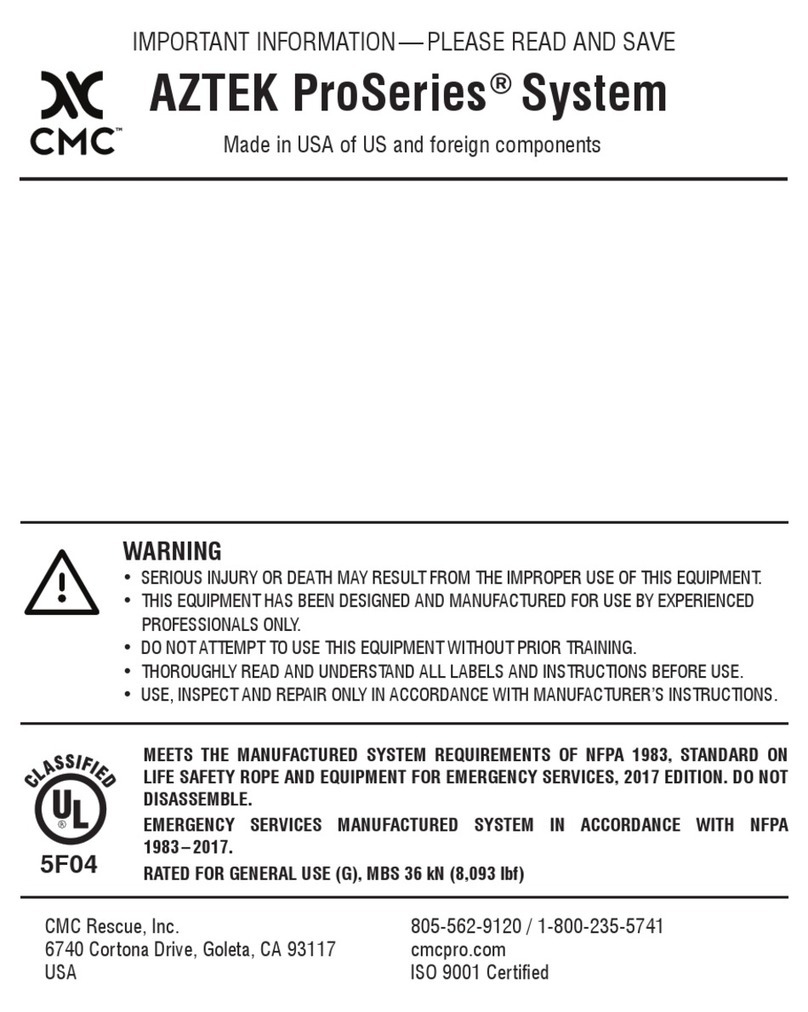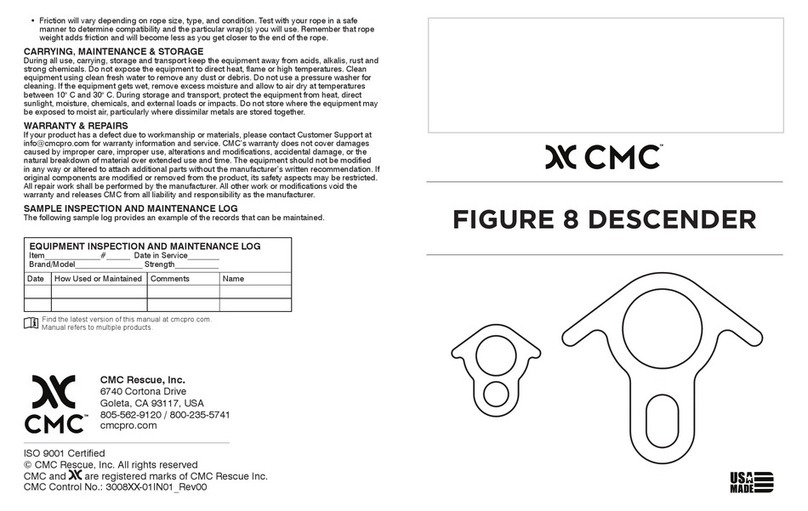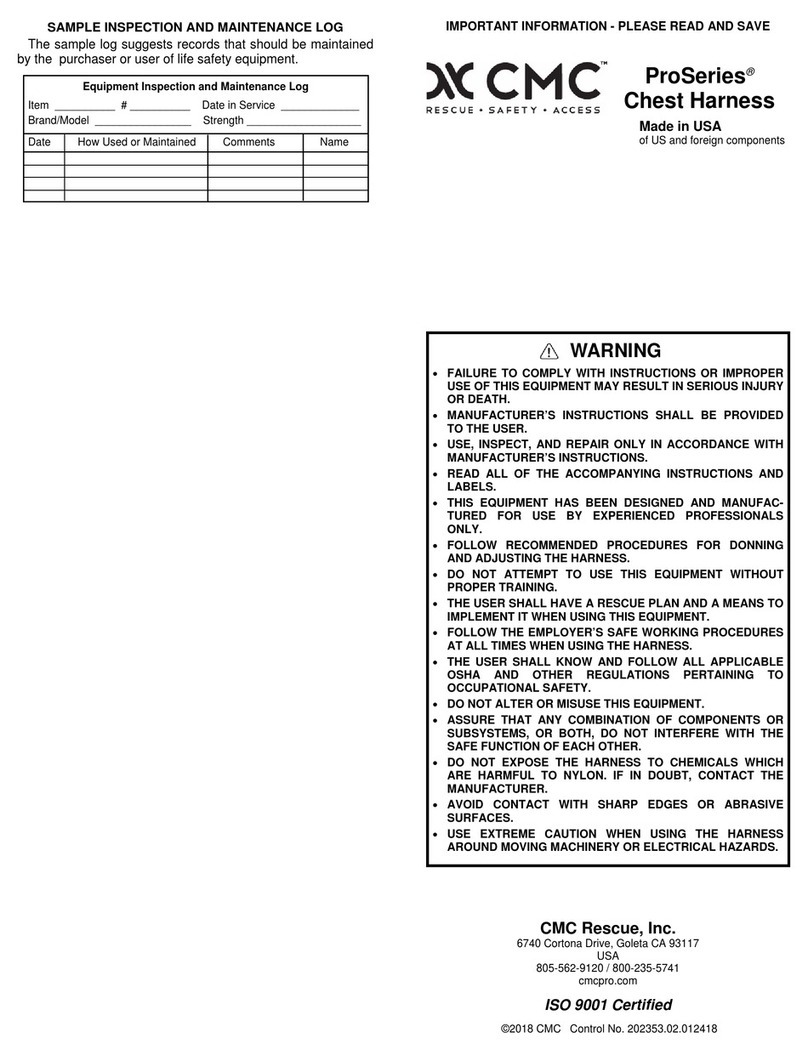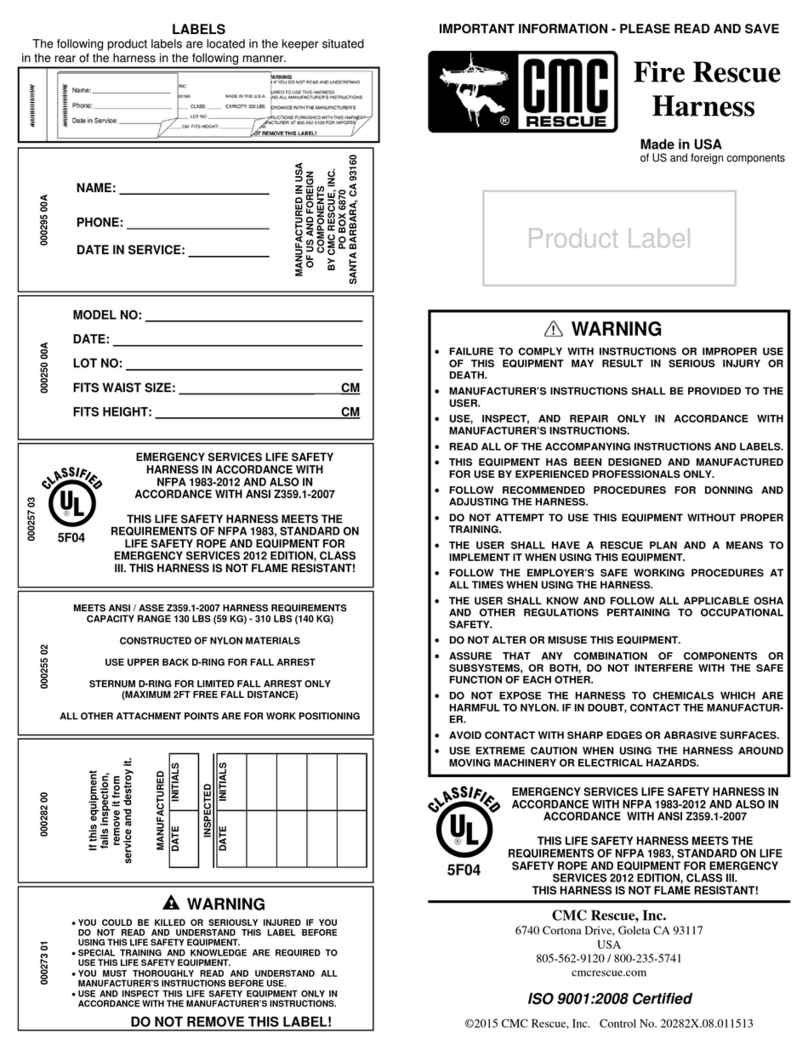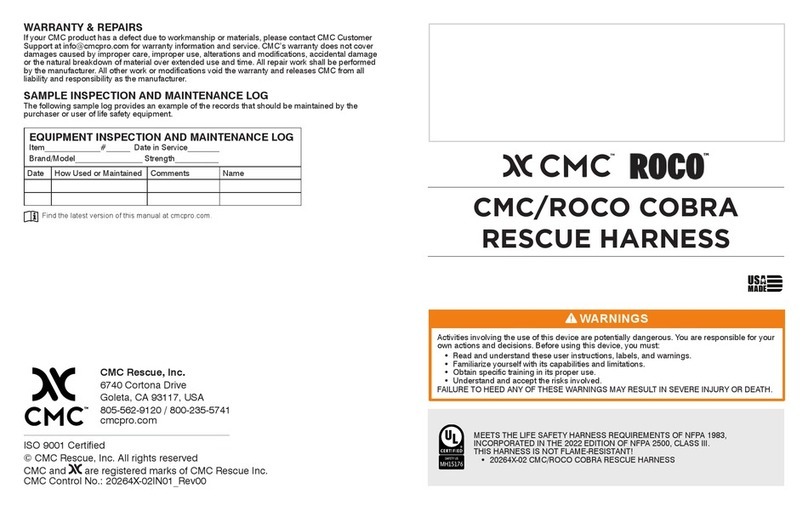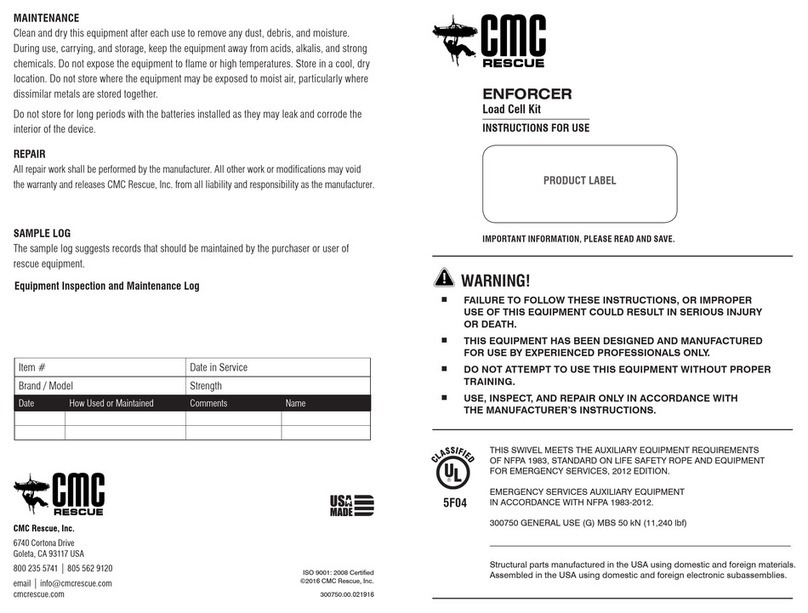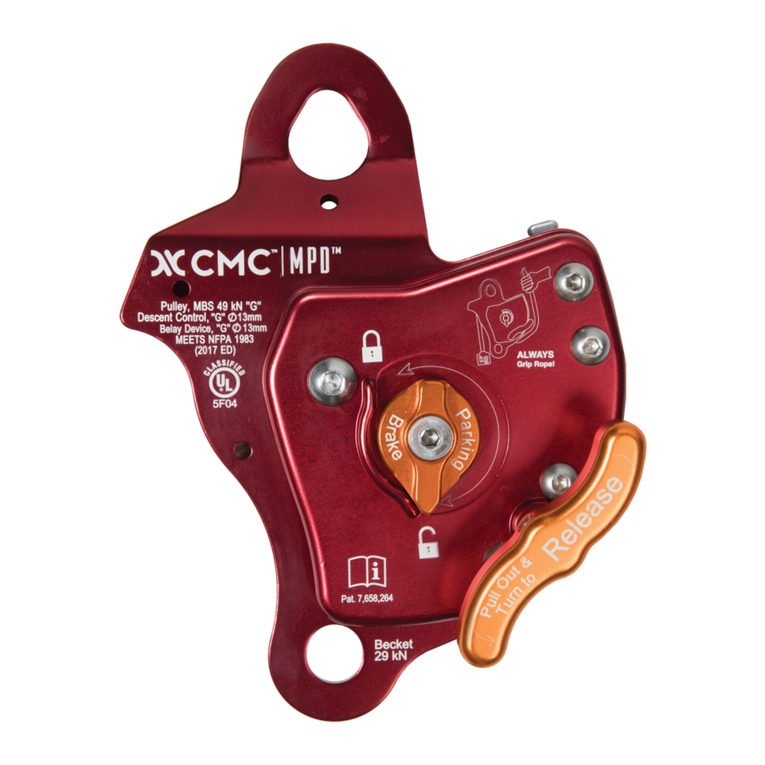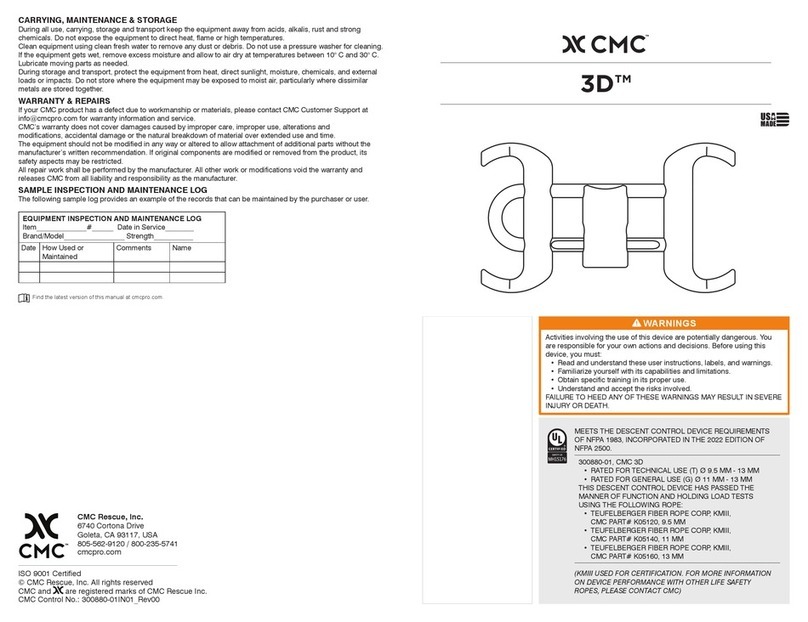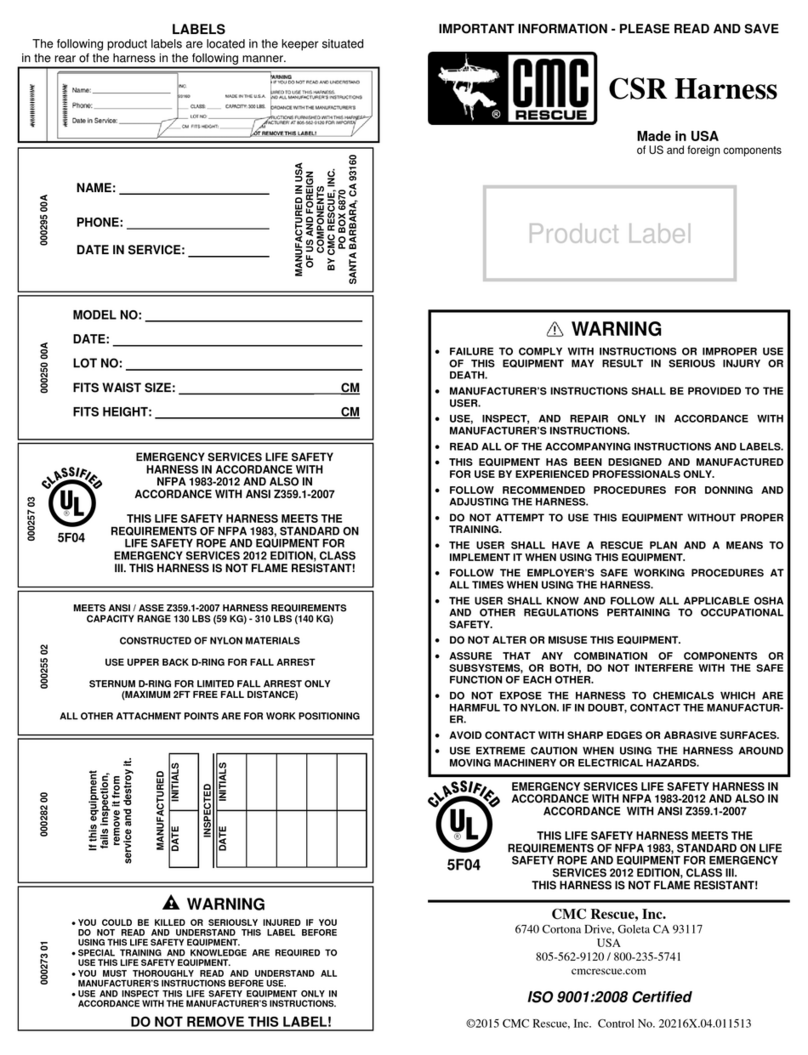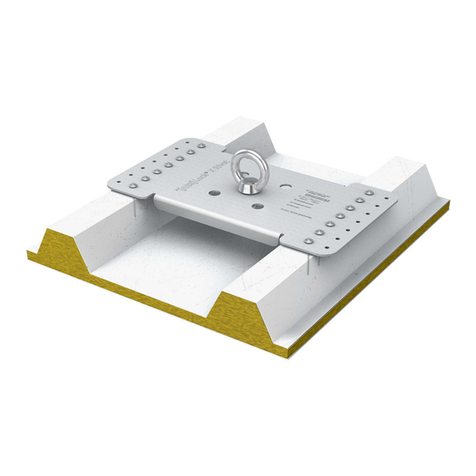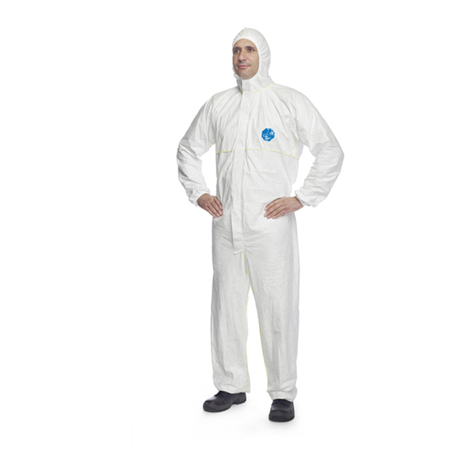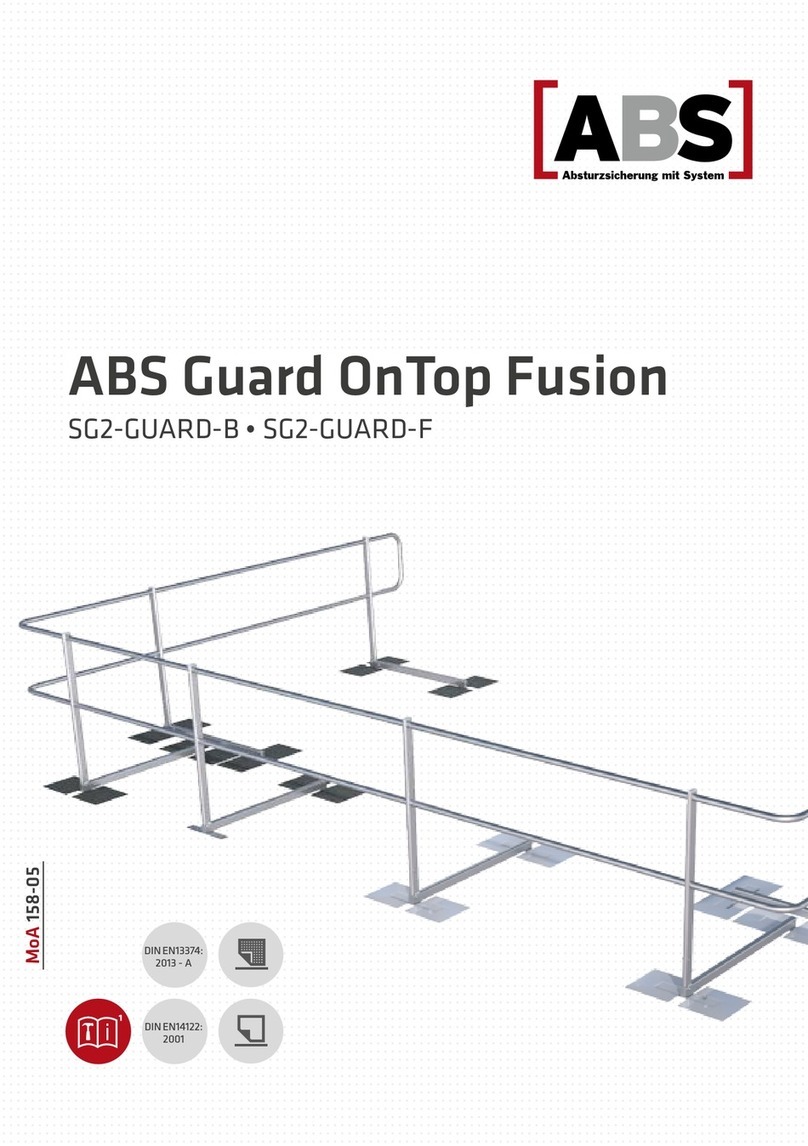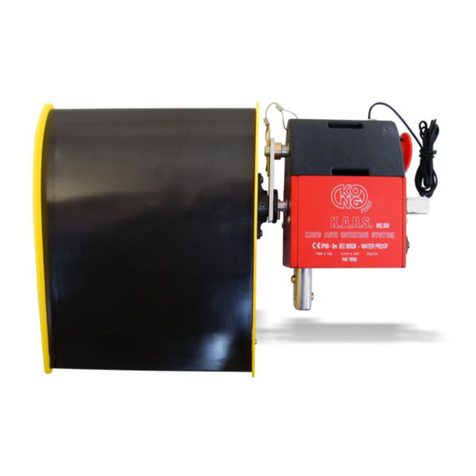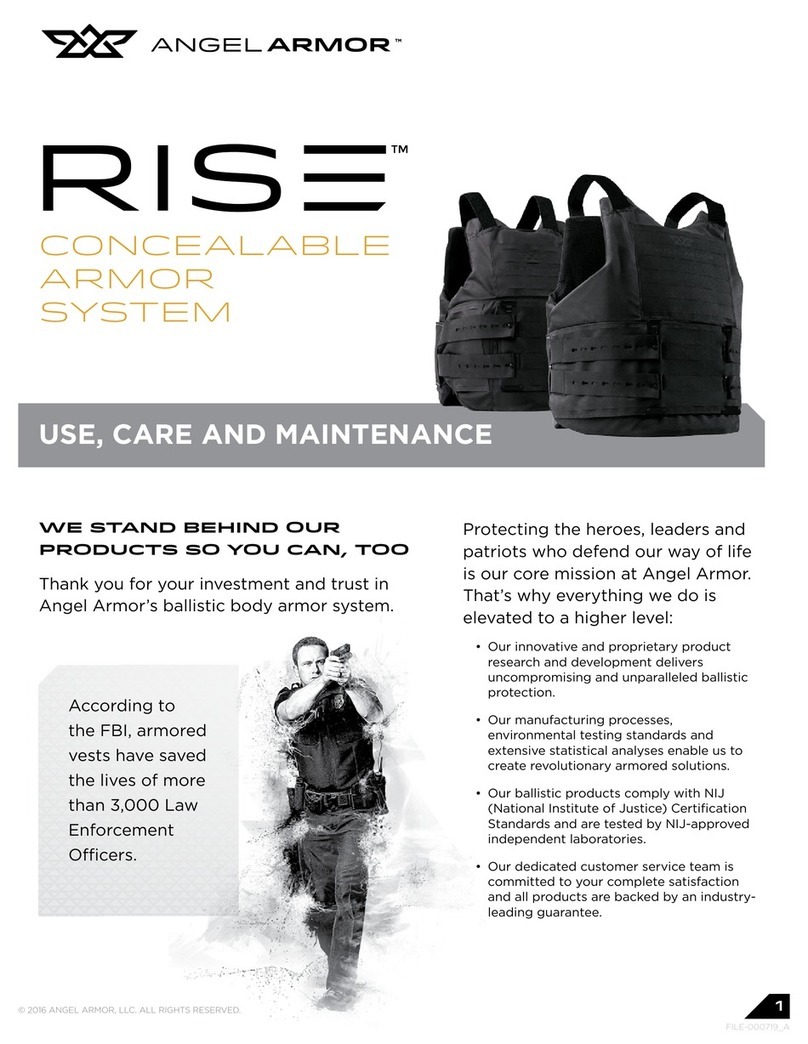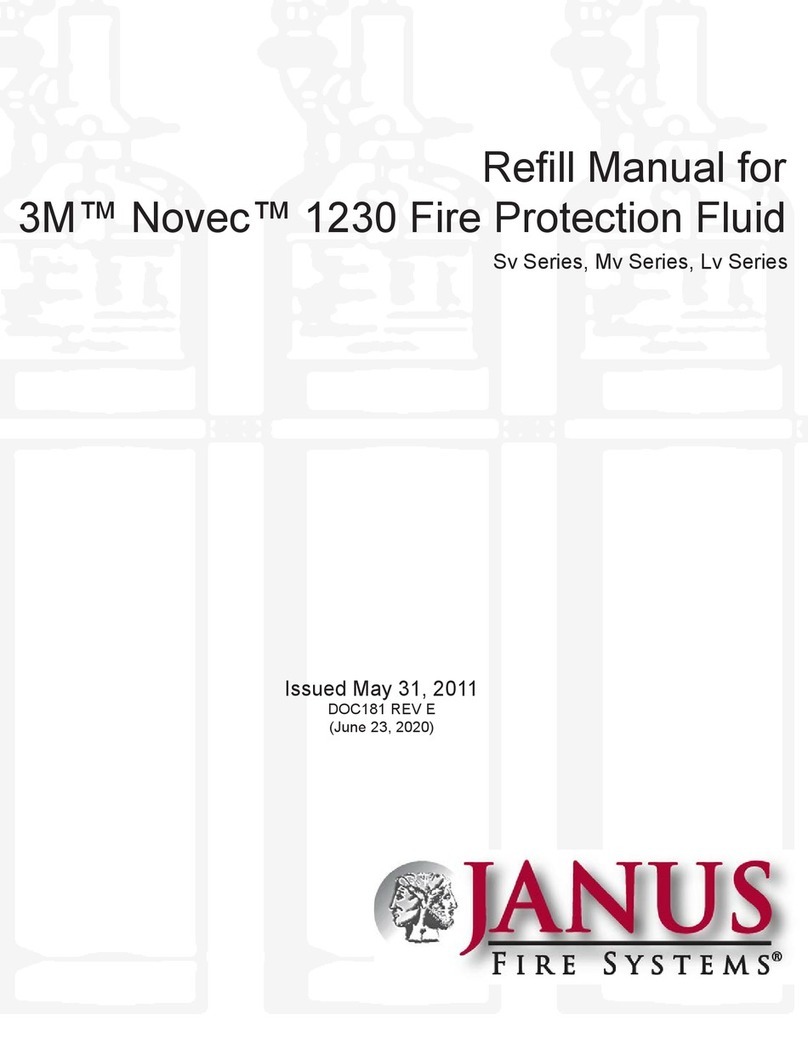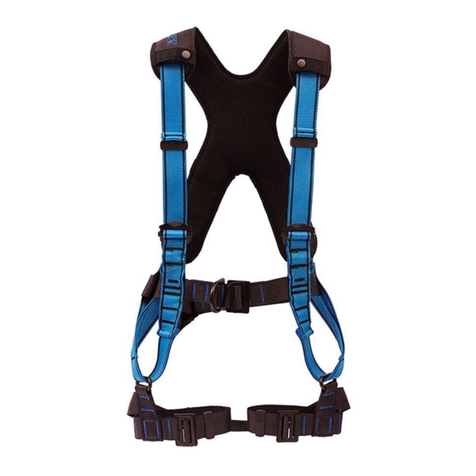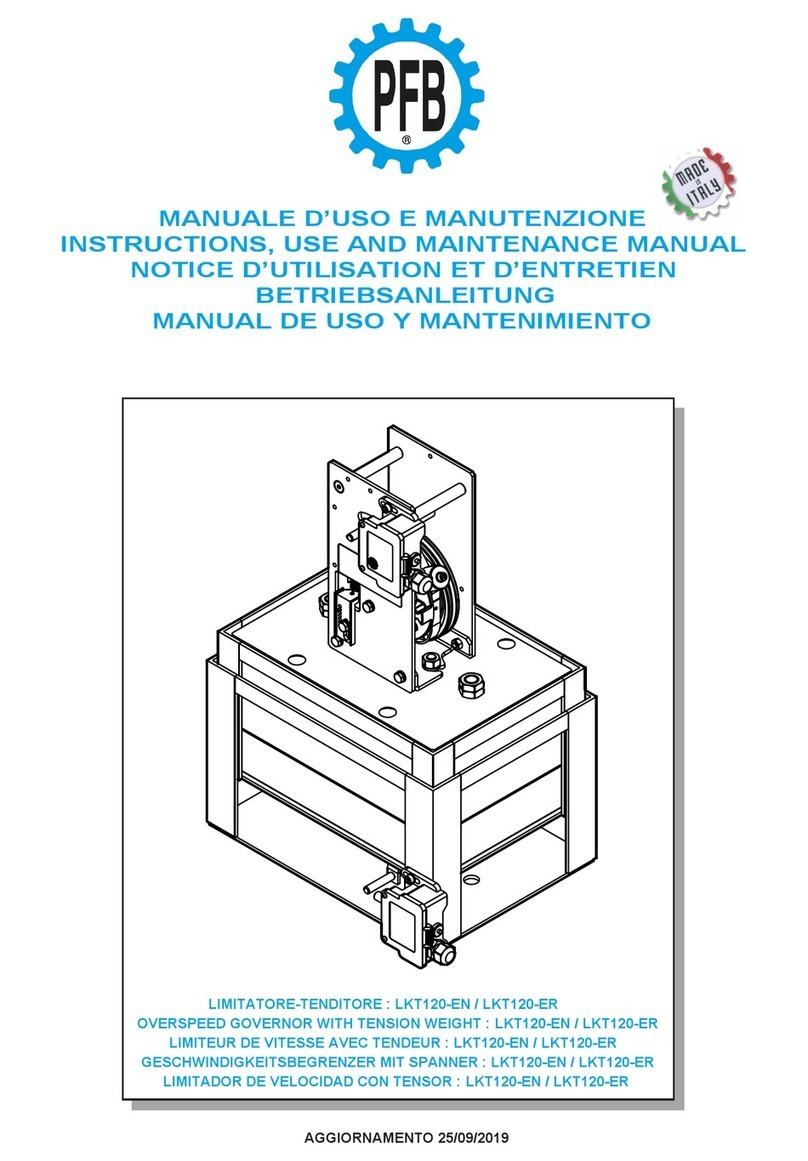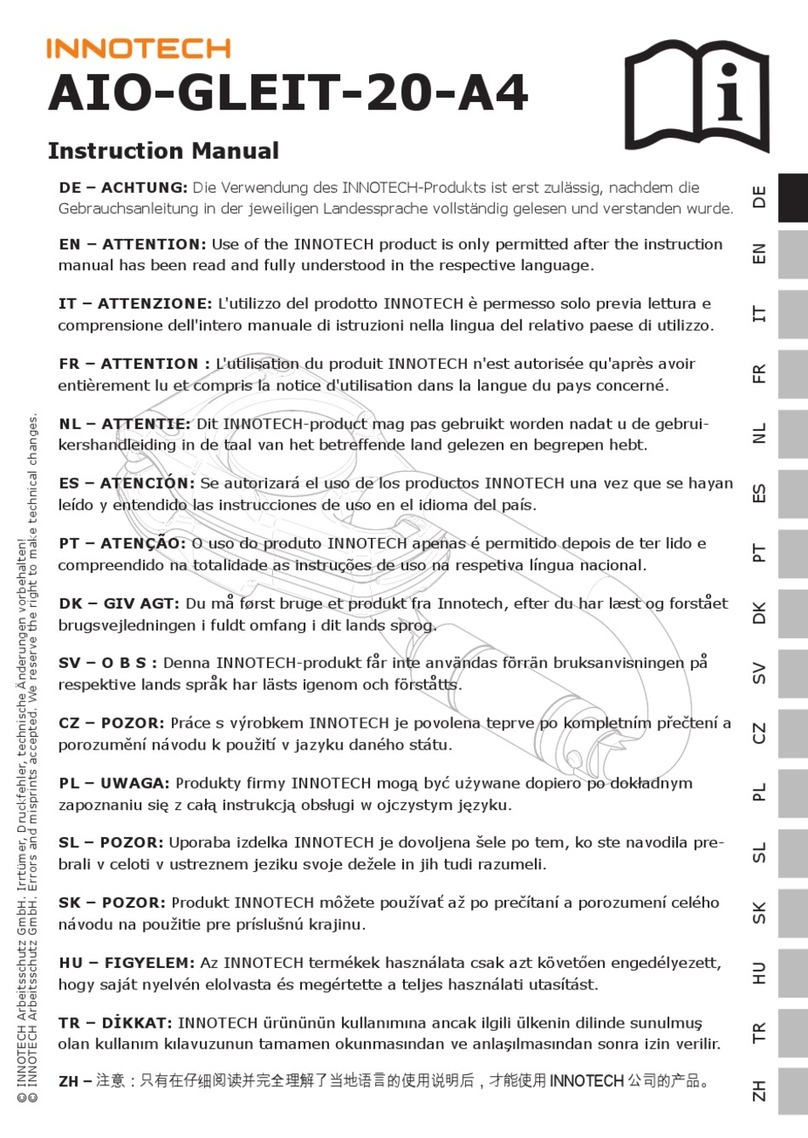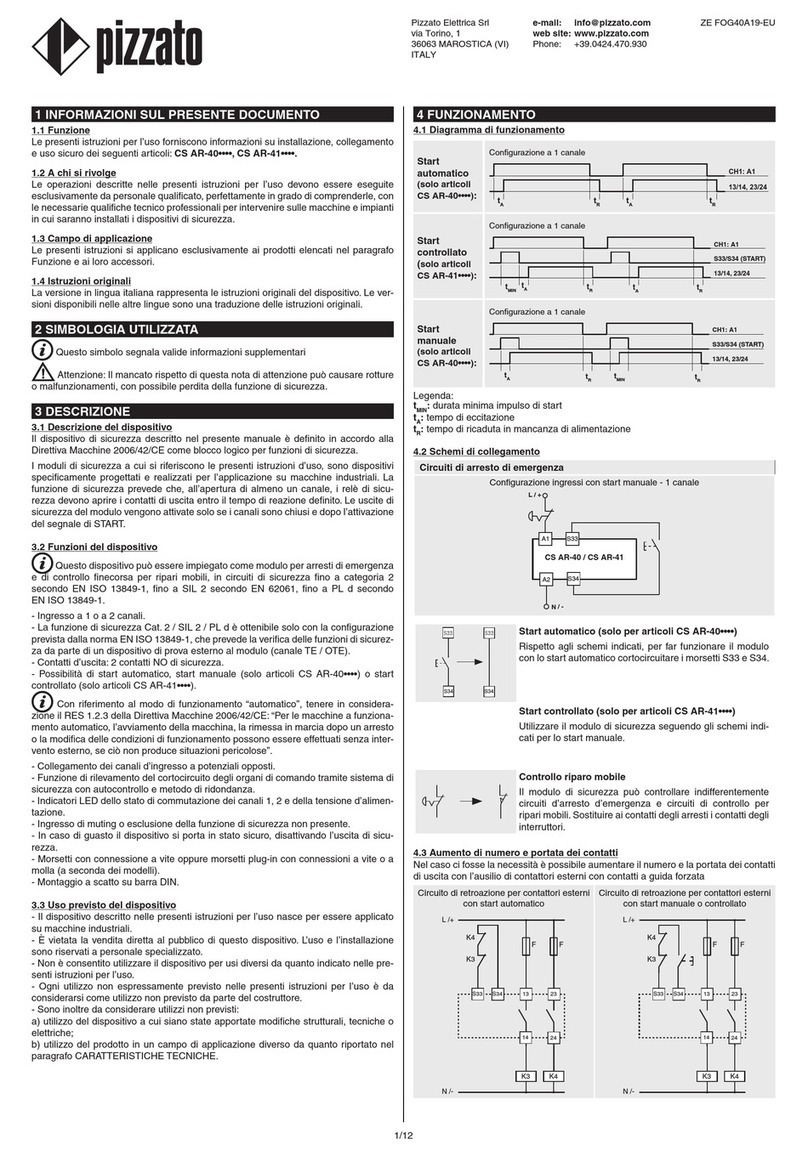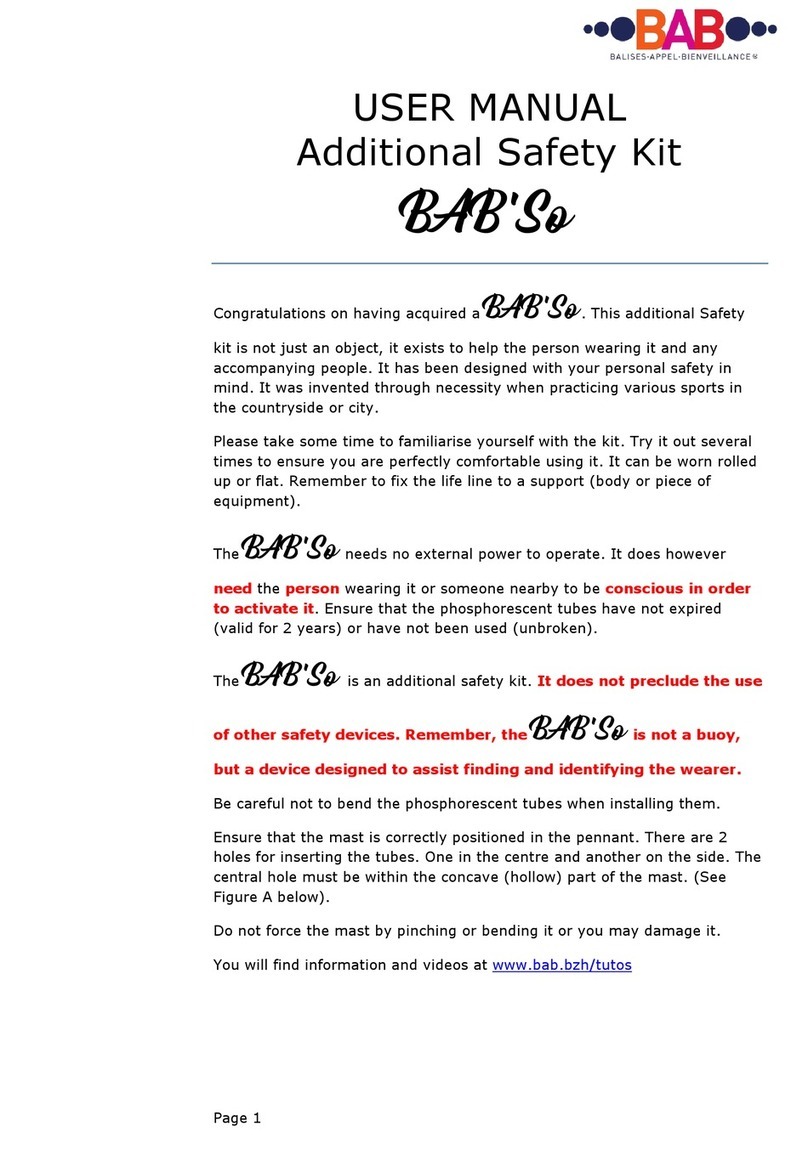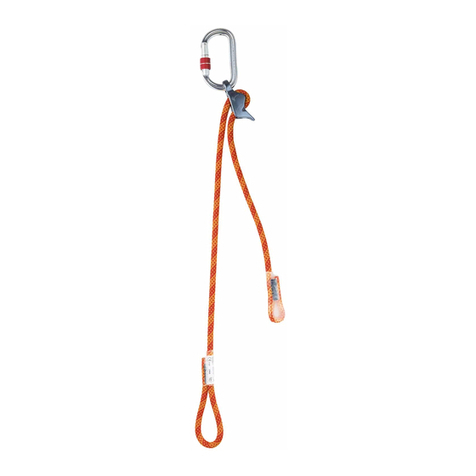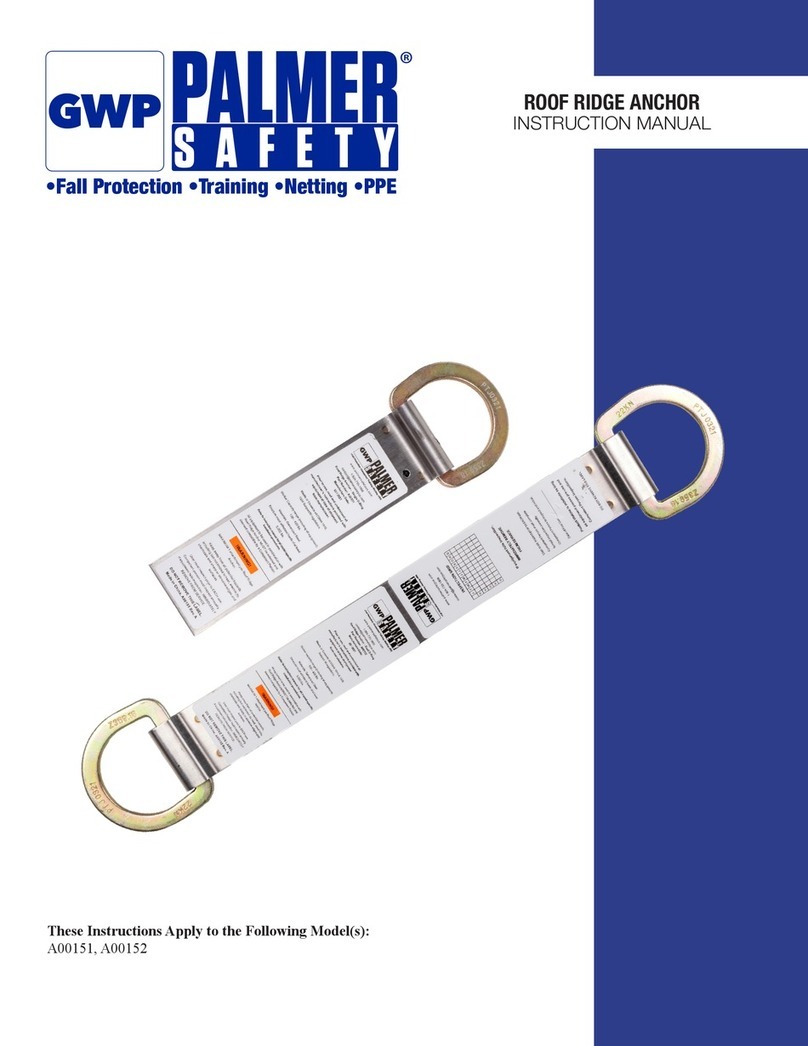
IMPORTANT INFORMATION - PLEASE READ AND SAVE
Made in USA
of US and foreign
components
Lifesaver Victim
Harness™
CMC Rescue, Inc.
6740 Cortona Drive, Goleta CA 93117
USA
805-562-9120 / 800-235-5741
cmcpro.com
ISO 9001 Certified
©2019 CMC Control No. 202405-01.00.012519
The Lifesaver Victim Harness™ is intended for use on a victim but can be used
by a rescuer if needed. With proper training and adequate practice, a rescuer
should be able to quickly secure a subject with the waist strap then add the leg
loops for safer support. The straps are color coded to simplify connecting the
correct buckle and V-ring in order to prevent uncomfortable twists in the harness.
Before using the Lifesaver Victim Harness in a high angle rescue or training,
practice putting the harness on while on the ground. As in any rescue situation,
proper safety precautions and appropriate belays should be used for rescuer and
subject. USER INFORMATION
User Information shall be provided to the user of the product. NFPA Standard
1983 recommends separating the User Information from the equipment and
retaining the information in a permanent record. The standard also recommends
making a copy of the User Information to keep with the equipment and that the
information should be referred to before and after each use.
Additional information regarding life safety equipment can be found in NFPA
1500, Standard on Fire Department Occupational Safety and Health Programs,
and NFPA 1983, Standard on Life Safety Rope and Equipment for Emergency
Services. INSPECTION
Inspect the equipment according to your department's policy for inspecting life
safety equipment. Inspect the equipment prior to entry into service, after each
use, and at least once every 12 months. The equipment should be thoroughly
inspected by an inspector that meets your department's training standard for
inspection of life safety equipment. Keep a record of the date, person performing
the inspection and results, as well as the date of first use, name of users and any
other pertinent information necessary to keep accurate track of the equipment’s
usage history in the equipment log or on a tag that attaches to the equipment.
Each user should be trained in equipment inspection and should inspect the
equipment before each use.
When inspecting the equipment, check the webbing and rope for cuts, worn or
frayed areas, broken fibers, soft or hard spots, discoloration, or melted fibers.
Check the stitching for pulled threads, abrasion, or breaks. Check the hardware
for damage, sharp edges, and improper operation. If any of the above is noted, or
if the equipment has been subjected to shock loads, fall loads, or abuse other
than normal use, remove the equipment from service and destroy it. If there is
any doubt about the serviceability of the equipment, remove the equipment from
service and destroy it.
The service life of equipment depends greatly on the type of use and the
environment of use. Because these factors vary greatly, a precise service life of
the equipment cannot be provided.
PREPARATION
After inspection, the Lifesaver Harness should be packed in its storage bag so
that it is ready for deployment. Pull the leg V-rings all the way to the end of the
straps. Then fold and secure them with the hook and loop assembly. The V-rings
should be positioned so they can be pulled down and towards the center. Pull the
waist strap V-ring all the way to the end. Do not connect the waist buckles. Store
the harness in the bag so that the waist loop (yellow) is at the top.
MEETS THE LIFE SAFETY HARNESS REQUIREMENTS OF NFPA 1983,
STANDARD ON LIFE SAFETY ROPE AND EQUIPMENT
FOR EMERGENCY SERVICES, 2017 EDITION, CLASS II.
THIS HARNESS IS NOT FLAME RESISTANT!
EMERGENCY SERVICES LIFE SAFETY HARNESS
IN ACCORDANCE WITH NFPA 1983 - 2017.
5F04
WARNING
• SERIOUS INJURY OR DEATH MAY RESULT FROM THE IMPROPER USE OF
THIS EQUIPMENT.
• THIS EQUIPMENT HAS BEEN DESIGNED AND MANUFACTURED FOR USE BY
EXPERIENCED PROFESSIONALS ONLY.
• DO NOT ATTEMPT TO USE THIS EQUIPMENT WITHOUT PRIOR TRAINING.
• THOROUGHLY READ AND UNDERSTAND ALL LABELS AND INSTRUCTIONS
BEFORE USE.
• USE, INSPECT AND REPAIR ONLY IN ACCORDANCE WITH MANUFACTURER’S
INSTRUCTIONS.
